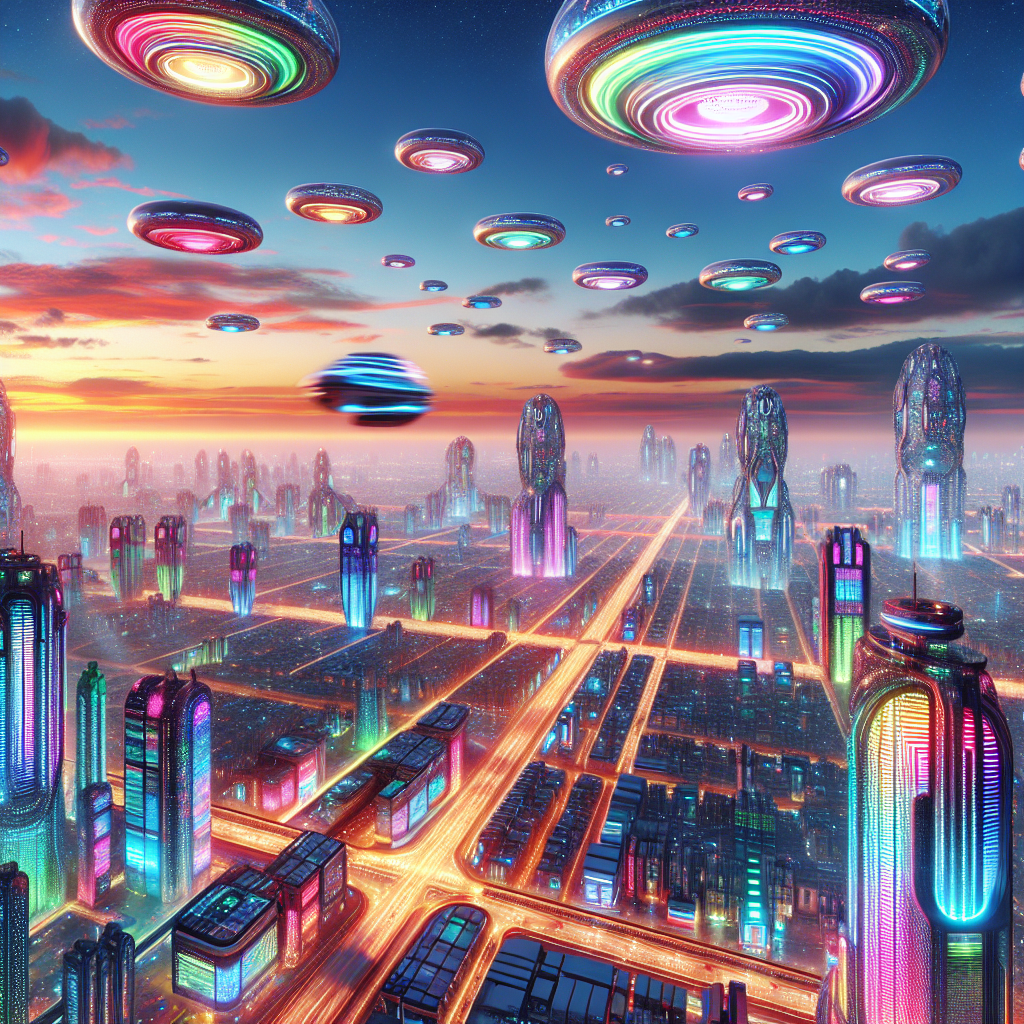Sky City: The Ambition to Defy the Sky
If you’ve ever dreamt of living among the clouds in a stunning architectural masterpiece, then Sky City in Changsha, China, will surely fire up your imagination! This ambitious skyscraper was proposed by Broad Sustainable Building, a multifaceted construction company aiming to build the tallest building on Earth. Designed to reach a height of 838 meters with 202 floors, it was to stand proudly above the urban landscape of Changsha, the capital of Hunan province in southern China. The goals were ambitious: to house residences, offices, schools, and even a hospital — an entire city in a vertical form.
The Vision Behind Sky City
The plan to create Sky City was announced in 2012 by Broad Group, with the audacious intention of rivaling and surpassing the iconic Burj Khalifa in Dubai. The motivation wasn't just about making a record-breaking building. Broad Group aimed to innovate with sustainable building methods, utilizing prefabrication techniques that reduce costs and energy usage.
Prefabrication refers to the process where building sections are constructed off-site—like assembling your favorite tech gadget, but on an industrial scale—and then transported and assembled at the actual building location. Broad Group projected an energy-efficient building process, claiming they could finish the construction in a jaw-dropping seven months, a fraction of the time such a building usually takes.
Where Architecture Meets Sci-Fi
Why Changsha? This local hub is not only a historical landmark with rich cultural heritage and cuisine that would excite any food lover, but it's also a city brimming with potential. However, the location choice wasn't arbitrary. It was based on the deep understanding of Changsha’s growing economic needs and urban population challenges; Sky City promised to address these issues by providing an innovative urban living space.
The Sustainable Dream
To make the largest, tallest building more than a mere spectacle of human achievement, Sky City was planned with a specific focus on sustainability. The building was designed to reduce pollution and carbon footprint significantly. Utilizing vertical farms, high-efficiency insulation, and natural lighting were just a few elements of the design that promised a new kind of eco-friendly skyscraper.
The idea was to create a self-sustaining vertical neighborhood that minimized horizontal sprawl and contributed to reducing urban carbon emissions. Imagine living and working 500 meters above ground in a city that integrates gardens and parks seamlessly into its architecture. Sounds almost like a work of science fiction, right?
The Progress and Challenges
Alas, groundbreaking for Sky City, originally set for 2013, encountered delays and regulatory challenges. From environmental concerns to financial issues, the project faced numerous hurdles. The construction site lay dormant, eventually leading to the Chinese government scrutinizing the project’s feasibility and safety.
Despite initial promise, the world is yet to see the first block of the archetype fully realized. Still, the ambitious project of Sky City started myriad global discussions about sustainable urban dwelling and construction efficiency, an achievement in its own right.
What Does the Future Hold?
The story of Sky City is more than its halted progress—it represents a glimpse into the future of urban living. The lessons learned from its ambition and planning are influencing how architects, engineers, and city planners envision tomorrow's buildings. The principles gleaned from this project, such as sustainability and efficient vertical use of space, are sure to resurface in future architectural feats.
In a way, Sky City serves as a monument to human ambition and imagination, challenging us to think boldly about how we construct our urban landscapes. As cities around the globe grapple with space, environmental concerns, and population growth, the innovative spirit of Sky City will likely inspire a new generation of builders to continue reaching for the skies.
Spark of Excitement
Though Sky City remains unbuilt, there’s a thrilling sense of potential and possibility that lingers. It’s like the spark one feels when gazing at the stars, eager for exploration and discovery. The tale of Sky City is a reminder of human potential, driven by our unwavering desire to shape the future sustainably and intelligently.
So, even if the physical tower has yet to grace the skyline, Sky City undeniably influences the frameworks of future cities—a testament to our ability to conceive of the extraordinary.

